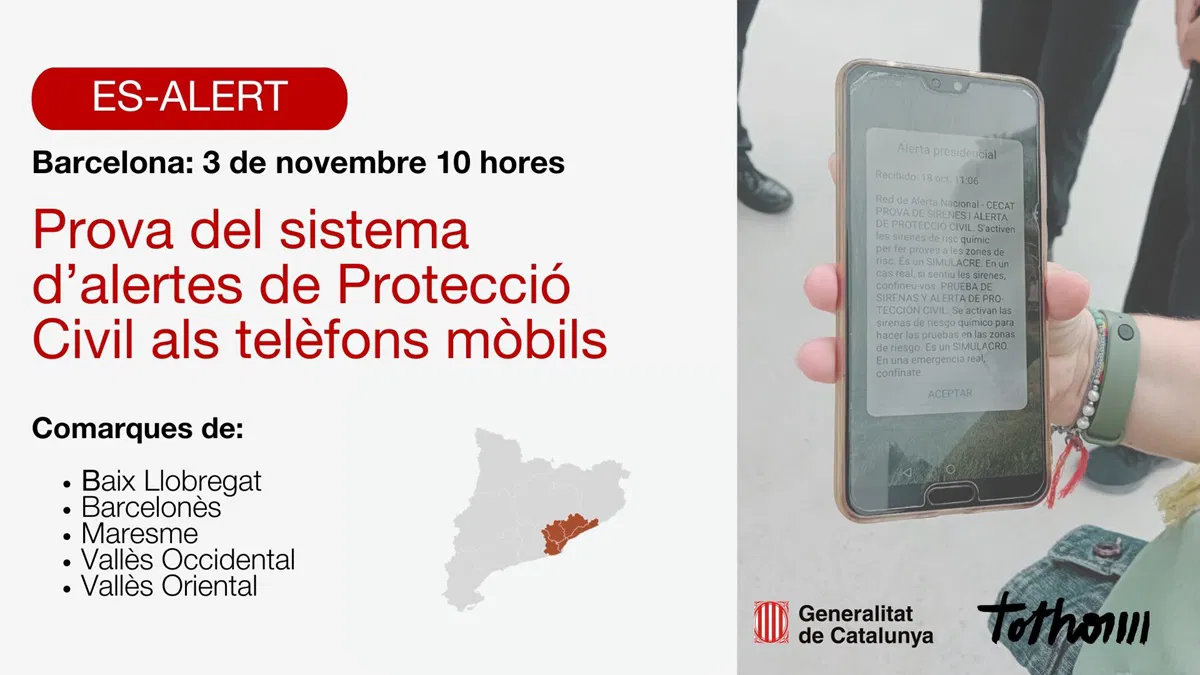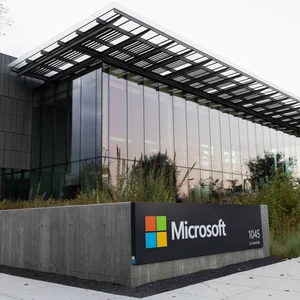Copyright SiliconANGLE News

Amazon Web Services Inc. today announced plans to build a subsea internet cable that will stretch from Maryland to County Cork, Ireland. The cable, which is called Fastnet, is currently in the design phase. It’s expected to become operational in 2028. Fastnet will be capable of transporting more than 320 terabits of data per second, which is enough to stream about 12.5 million high-definition videos simultaneously. The cable will comprise more than a half dozen nested layers with a combined diameter of 1.5 inches. At its core is a set of optical fibers that will transport data in the form of light. Those fibers take up a relatively small portion of the space inside the cable. According to AWS, the rest is dedicated to auxiliary components that protect the optical fibers from damage and deliver power to Fastnet’s electronics. The cable’s optical fibers are enclosed in a tube, which is in turn surrounded by protective steel wires. Those wires are covered by a layer of copper known as the conductor. A subsea internet cable’s conductor is responsible for delivering electricity to its repeaters. Those are optical components that are placed every 50-100 miles along the cable. They amplify the data-carrying light beams that travel inside the optical fibers, which helps avoid signal errors. The conductor that surrounds Fastnet’s core is shielded by multiple protective layers. The first is a jacket made of polyethylene, a widely used plastic that isn’t corroded by saltwater. According to PCMag, stretches of cable that run through nearshore areas will include extra steel wiring to protect against damage. Fastnet will also include what AWS describes as “advanced optical switching branching unit technology.” According to the Amazon.com Inc. unit, the technology will enable the cable to redirect data traffic to potential future landing points. Those are coastal locations where a subsea cable connects to terrestrial internet infrastructure. Fastnet is the first cable that Amazon is building on its own. The company backed multiple subsea internet projects in the past, but it developed them as part of consortiums. One of those cables, the Bifrost optical link that connects the U.S. and Singapore, came online last month. Fastnet will grow AWS’ already expansive network, which includes over 9 million kilometers of terrestrial and subsea fiber optic cabling. Additionally, the Amazon unit operates ground-based antennas that provide satellite connectivity. It makes those antennas available to customers through a service called AWS Ground Station. Other tech giants are also investing in subsea internet infrastructure to support their data centers. The consortium behind Bifrost, the U.S.-Singapore cable that came online last month, included not only Amazon but also Meta Platforms Inc. Separately, the social media giant is building the world’s longest subsea internet cable as part of an initiative called Project Waterworth. The multibillion-dollar system will span more than 50,000 kilometers. Microsoft Corp. and Google LLC, AWS’ top cloud rivals, are likewise investing in underwater networking hardware. The former company recently requested regulatory permission to build three subsea cables that would connect Ireland and the UK. Google, in turn, recently announced plans for a cable called Sol that will connect the U.S., Bermuda, the Azores and Spain.



